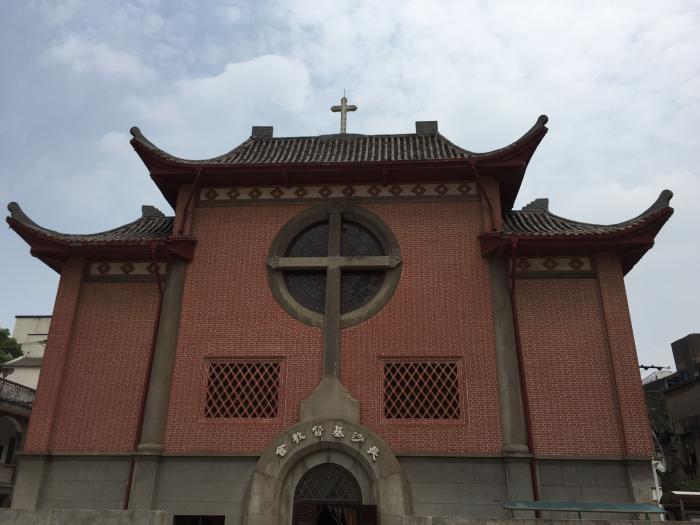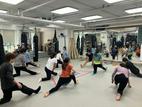On June 3, Changsha North City Church held three thanksgiving worship services to celebrate its 100th anniversary. Programs including praise dances and a cheongsam show were given.
Rev. Ren Xia delivered a sermon titled "Only Christ Is Church's Foundation", citing 1 Corinthians 3. She set three targets for the church: to be a mature family, a fruitful land, and a building with good qualities.
Located in No. 80 Wai Xiangchun street, Kaifu district, In 1902, the original church was constructed by the British London Missionary Society after purchasing its land. In 1917, the United Presbyterian Church of North America built a new church at the same site and rebuilt it in 1930 as the Eternity church. It occupied a land of 467.68 square meters, with a total 1002.40 square meters constructional space, enough to hold more than 700 people. It's also known as the biggest, most well-preserved religious building in modern times, with its unique architectural construction combining Chinese and western styles, which symbolizes the introduction of western religious culture in the beginning of 20th century.
In 1947, the Hunan synod of the Church of Christ in China was founded in the church, according to the official website of Changsha ethnic and religious affairs bureau. After a union worship was started in 1958, some houses of the church were converted to labor farms for Catholic and Protestant clergies.
From 1966 when the Cultural Revolution broke out, it was completely closed and used as a warehouse. It was reopened in 1980 and set as the church for the Changsha CCC&TSPM.
Sitting east while facing west, the church combines Chinese and western architectural cultures - the western construction technology and composition methods blending with Chinese traditional architecture and decoration style. It appears solemn and reverent, considered as a classic representative for the integration of Chinese and western architectural cultures in the city, even the whole Hunan province. It was listed as one of the provincial-level cultural relics protection unit on May 19, 2002, and as a modern protection building on Sept 9, 2002.
- Translated by Karen Luo












